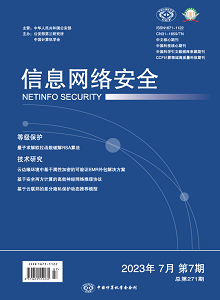With emerging of cloud and edge computing, attribute-based encryption (ABE) is a promising cryptographic primitive, which can provide a fine-grained access control strategy for Electronic Medical Record (EMR) in the cloud sever. However, in ABE, the finer the access control is, the bigger the number of required attributes is. Accordingly, it requires the higher encryption costs. In order, to reduce the encryption burden of data owner, we first presented a verifiable outsourcing ABE scheme, in which a fog node in the data owner side is fully responsible for the encryption of ABE, and another fog node in the user side assisted data users to perform the corresponding decryption. Furthermore, this paper introduced the proxy re-encryption algorithm, online indexing, and offline trapdoor, where proxy re-encryption algorithm is aimed to achieve the dual access control for EMRs, and online indexing and offline trapdoor ensure the anonymity of legitimate users. Finally, with the help of blockchain, management server and attribute authority, the scheme can verify the honesty of fog nodes and the correctness of the ciphertext. The experimental results show that the data owner of our scheme has the low encryption time, while this scheme reduces the encryption burden of the data owner, achieves finer grained access control, and realizes the verifiability of the ciphertext.

